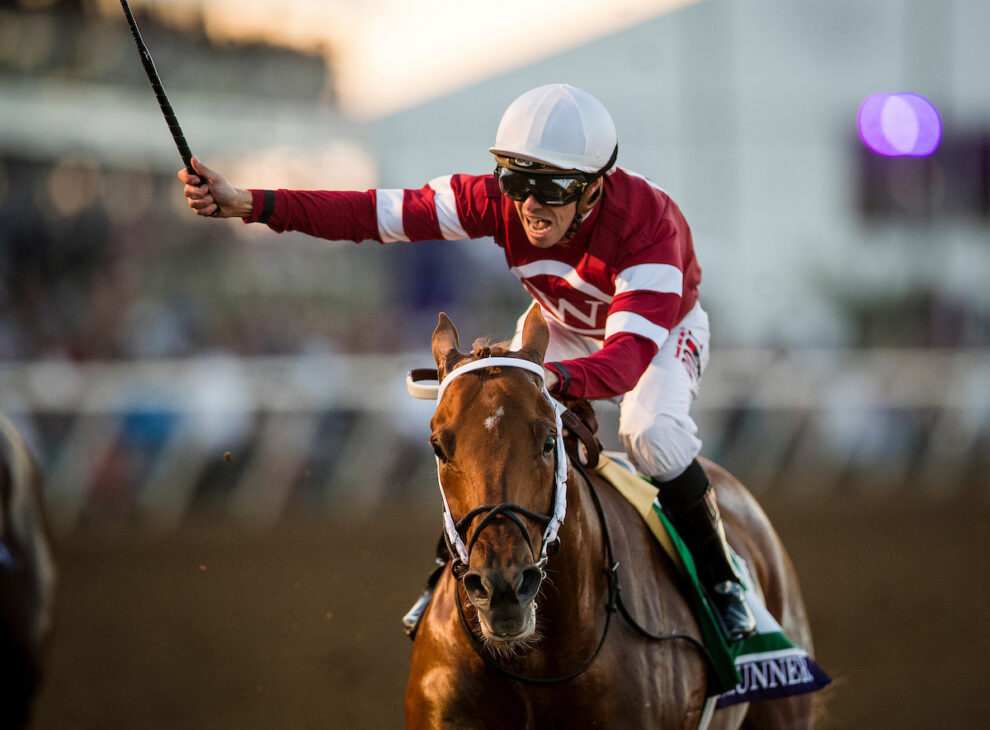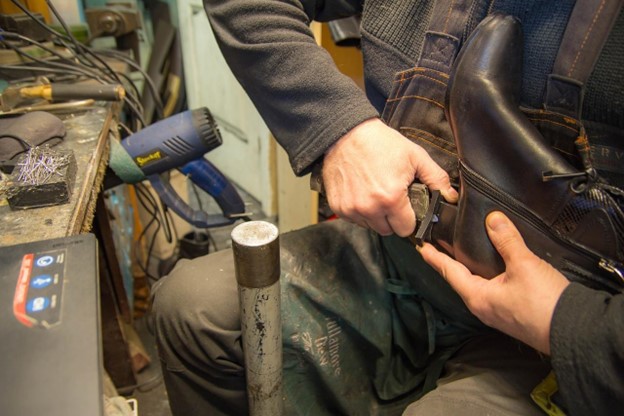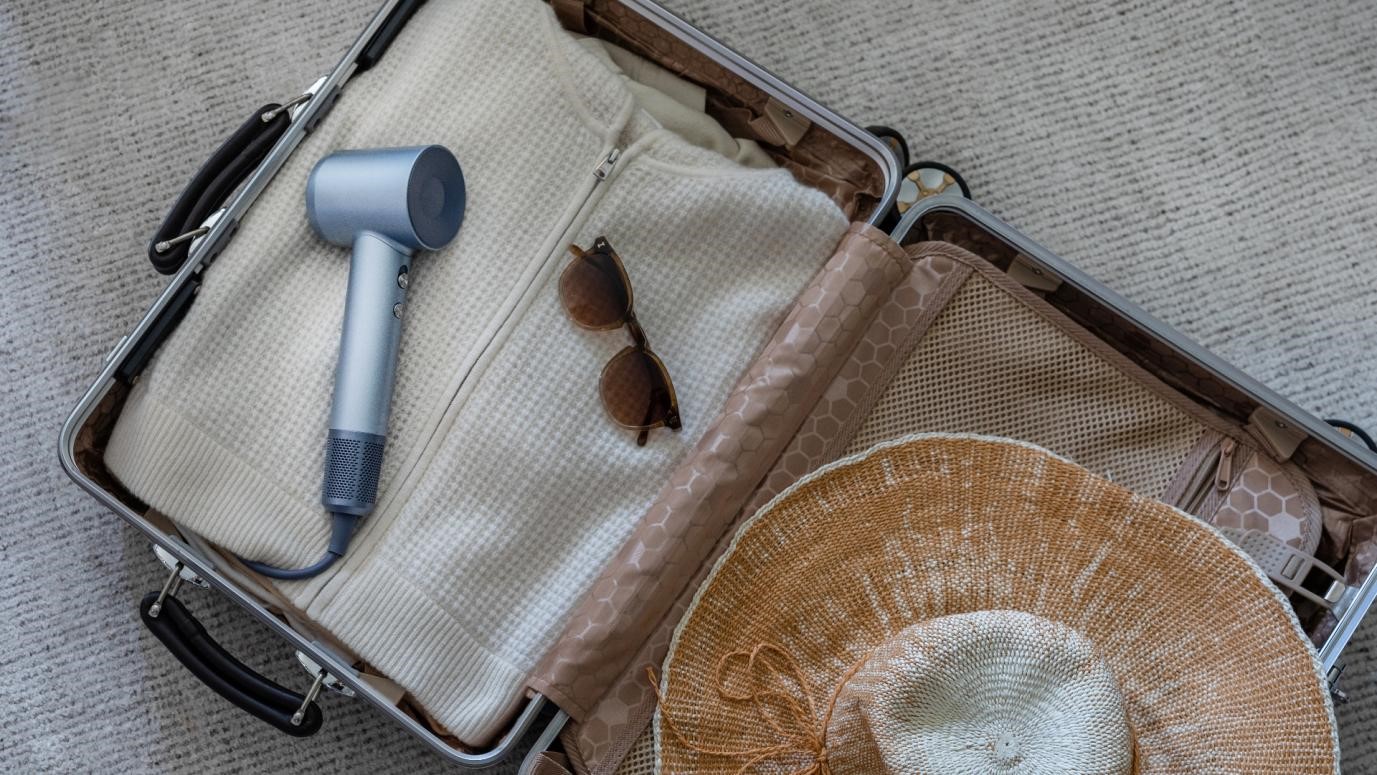Horse racing is quite different from other competitive sports, for one, it’s more regal, legendary, and fashion trendy. But it’s not only the guests who know how to don the most spectacular outfits, jockeys are known for sporting silk jackets during horse racing events. However, there’s more to these silks that meet the eye, and the story behind it is quite interesting. The importance of jockey silks in horse racing cannot be underrated either, let’s find out why below.
1. What are racing silks?
Racing silks are the uniforms jockeys wear during a race, it has been more of a tradition since the early 1700s. The English Jockey Club at the time insisted that horse owners ensure their riders wear unique silks to differentiate them from one another. This made it easier for spectators to identify horses during a race, and the same remains to date.
The silks which come in various colors of shirts are usually worn over a protective vest and tucked into the jockeys pants. The unique colors each jockey dons make it easy for bettors to differentiate their champs and cheer them, hopefully to victory. Now you know how to differentiate horses using the jockey’s silks, you can get top tips at Timeform on the various racing events, race times, best odds, and all betting information.
2. What are silks made of?
Back in the 1700s, silks were derived from fine European woolens, however, lighter silk materials were used in the summer while wools were used during the winter. However, today, what we call silks are more advanced and durable. Usually, nylon and satin are combined with advanced materials to make aerodynamic silks that are lightweight, fitting, and comfortable to wear.
These advanced silks made from nylon and lycra are certainly an improvement from the traditional silks which made a lot of noise because of the flapping caused by the wind. So they are more wind resistant thanks to the all-around stretch fabric.
3. Racing colors.
Silks are generally designed by horse owners and sponsored; that means they are not chosen by the jockeys themselves. If a sponsor has three horses racing, all of them would wear the same colors, but not the same design or patterns to ensure the horses can be differentiated.
All owners have to ensure that their patterns are not already registered to ensure their designs are unique. This unique design is showcased on the jockey’s shirt and helmet, which makes it easier for commentators to identify horses, as well as the spectators.
Here’s a fun fact about racing silks and colors, the horse racing industry has sustained quite some superstitious traditions over the years. According to this CNN article, horse owners around the world stick to colors they feel have an edge over other colors, these could also be seen as lucky colors. ‘A good horse is always a good color,’ this is probably one slogan many horse sponsors and owners have held unto over the years, and such thinking influences their pattern choices when designing their silks.
4. Lightweight clothing is essential.
As mentioned above, jockey silks are made from form-fitting and drag-resistant lycra and nylon, or polyester materials. Remember that jockeys have to undergo a lot of dietary restrictions to ensure their weight remains desirable and acceptable in various horse racing events.
In addition to meeting the weight requirements and restrictions, their clothing is also required to be light. That’s why silks have been advanced to ensure aerodynamic fabrics are worn to ensure wind resistance, comfort, a lightweight feel while enhancing performance.








Add Comment